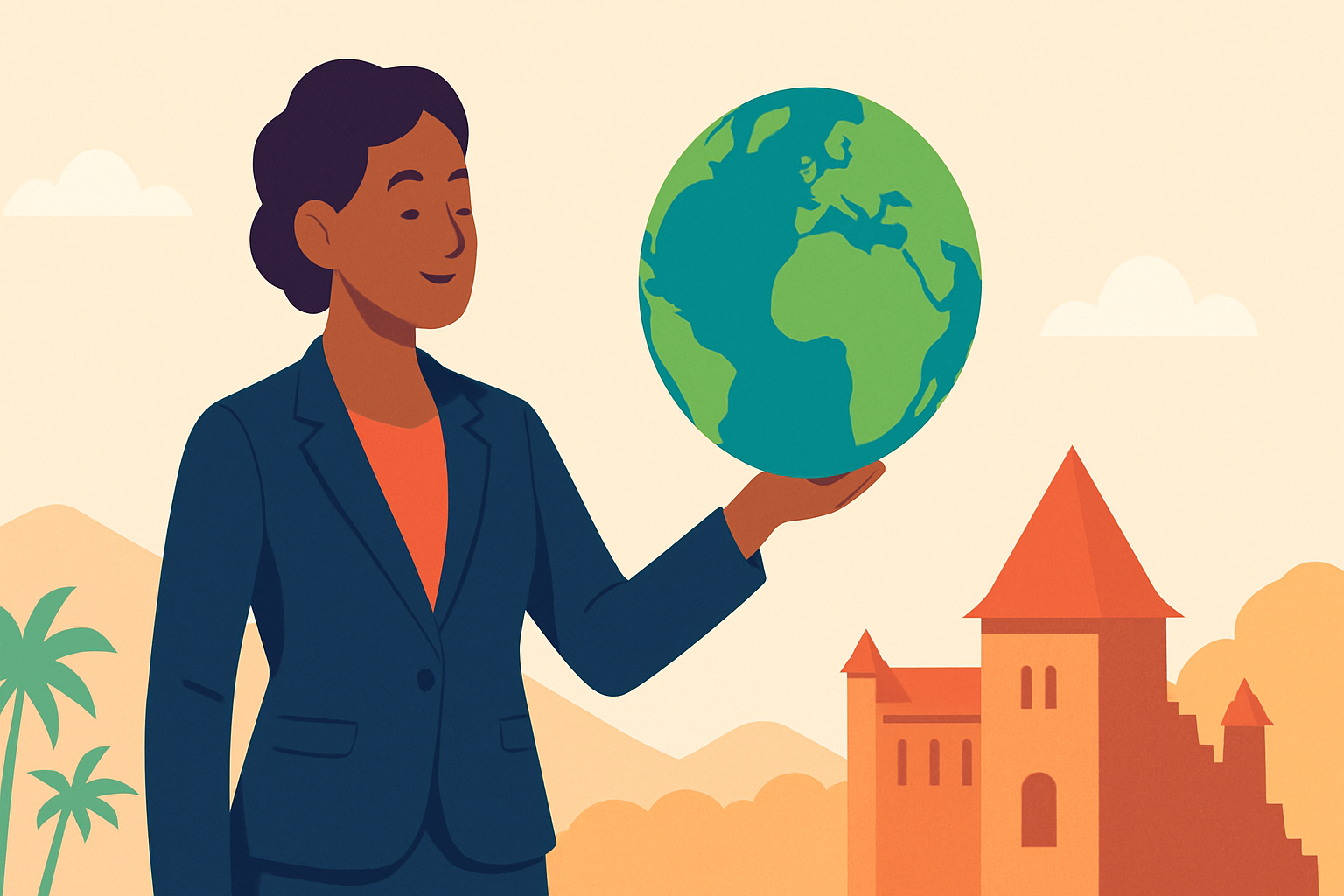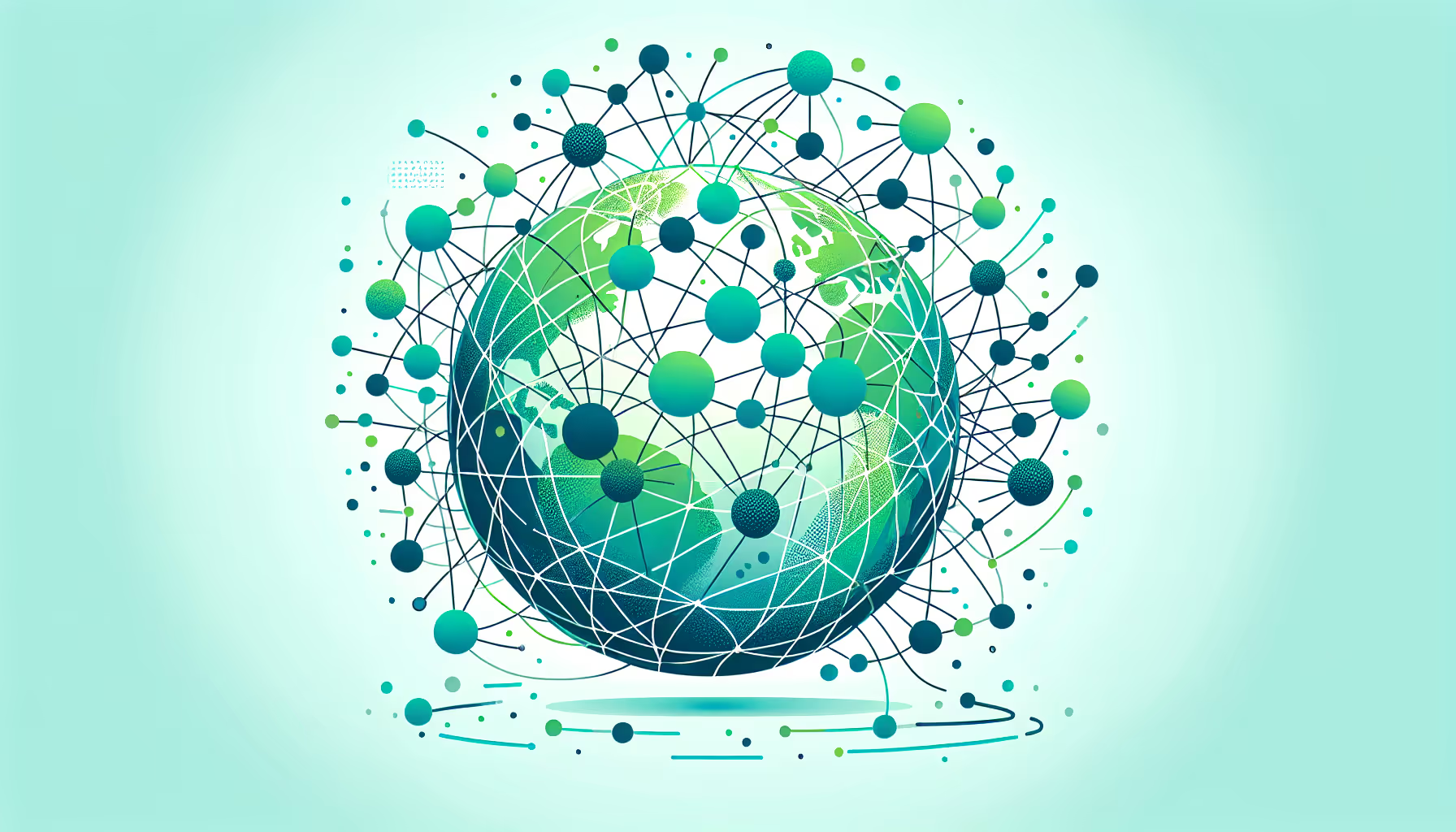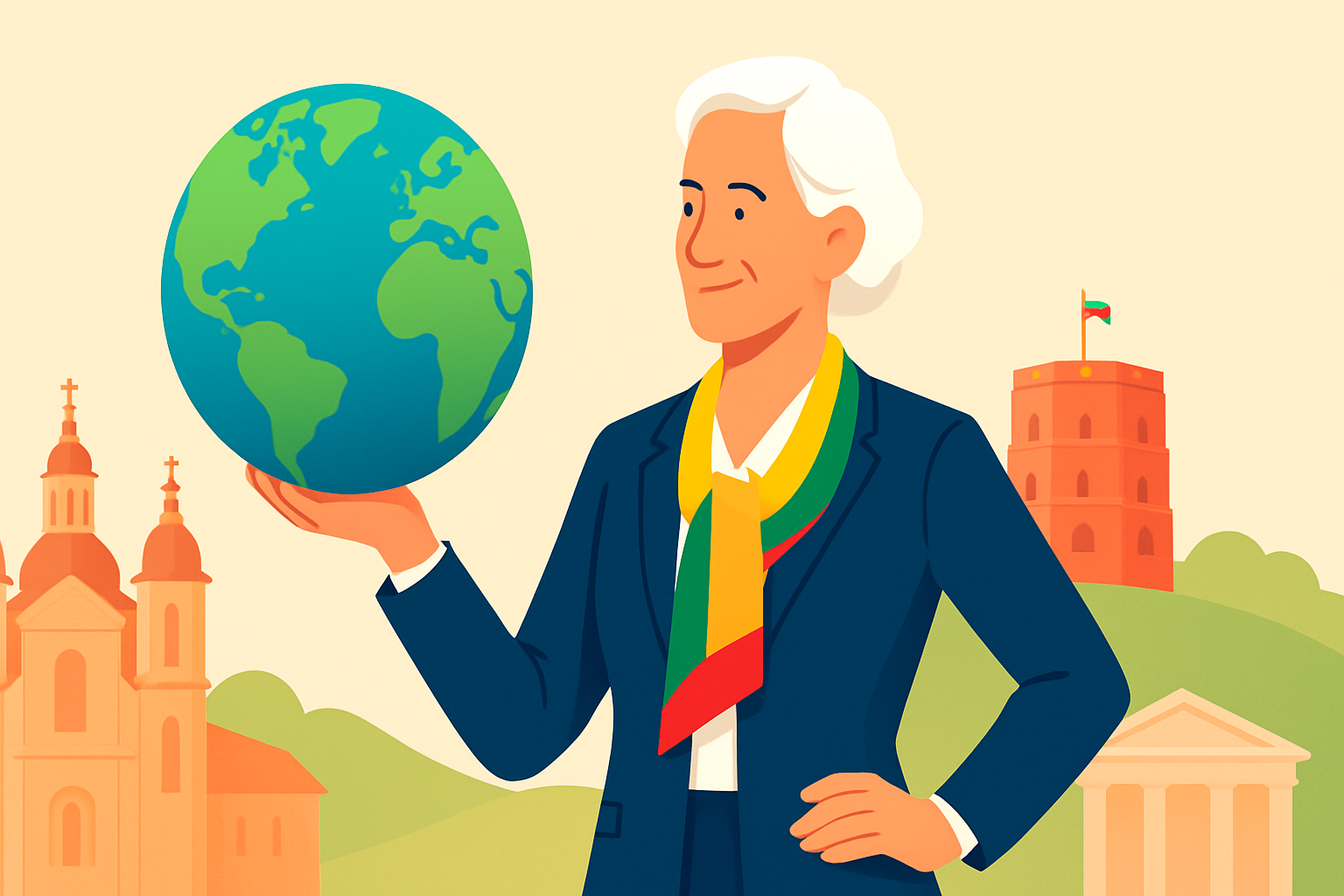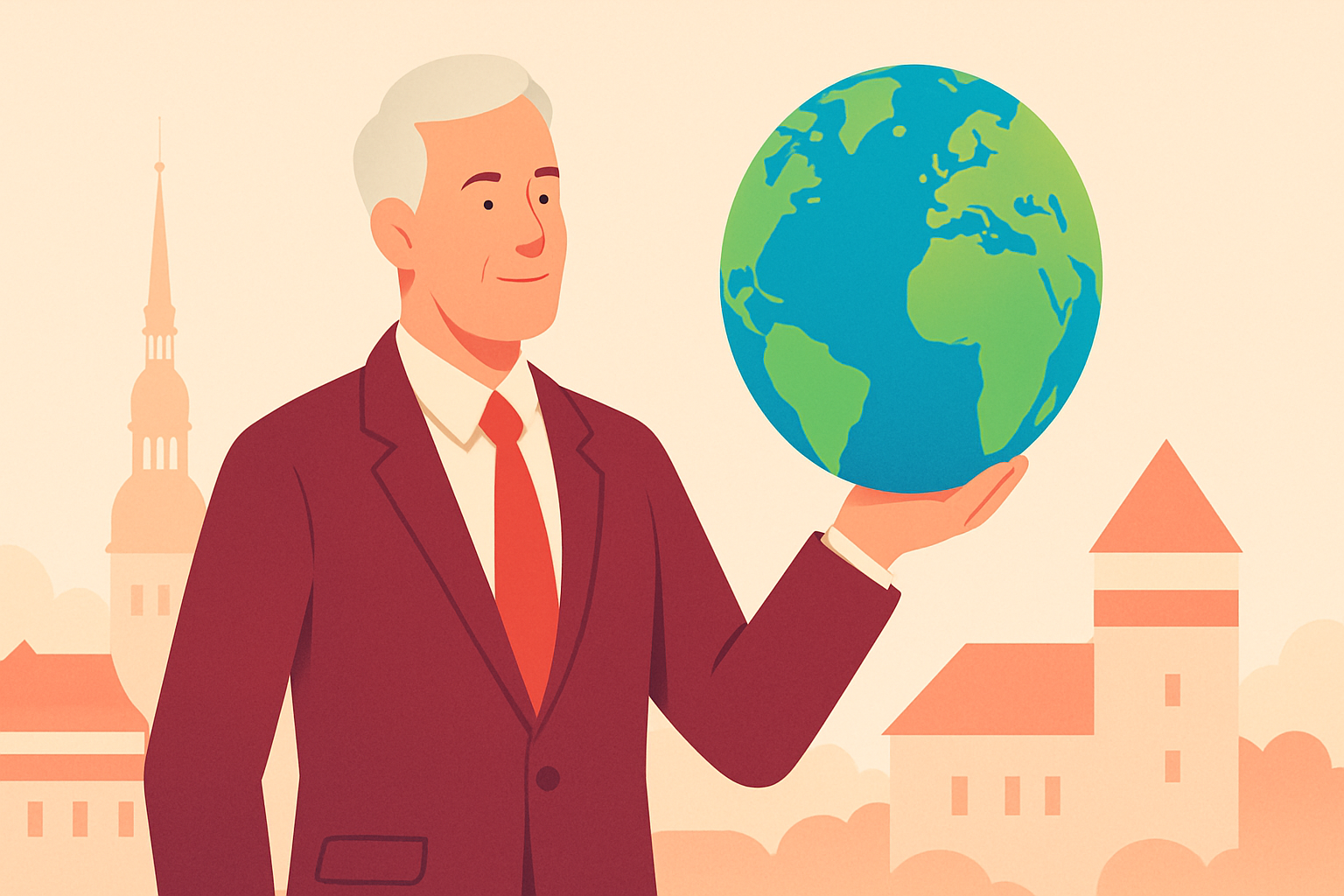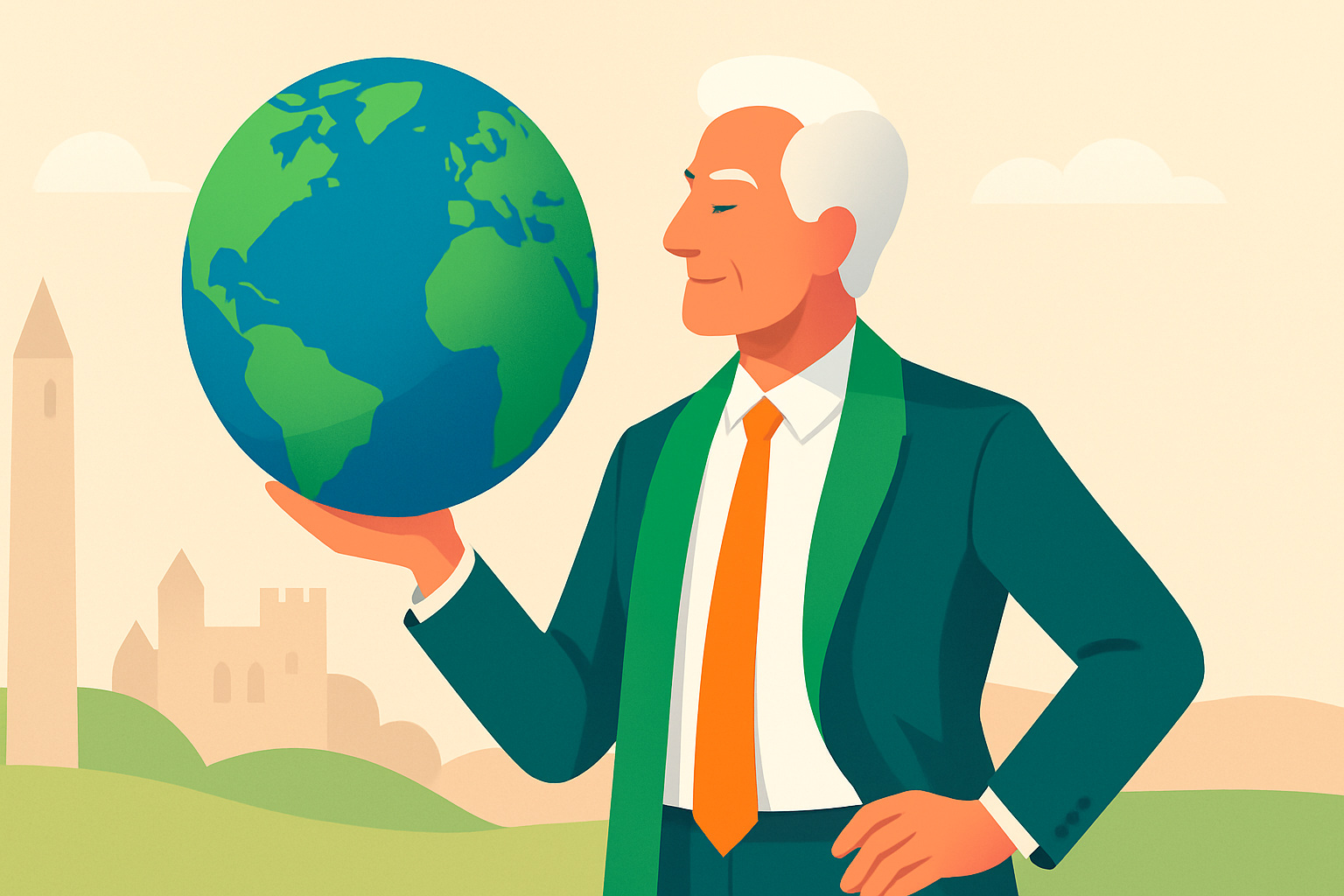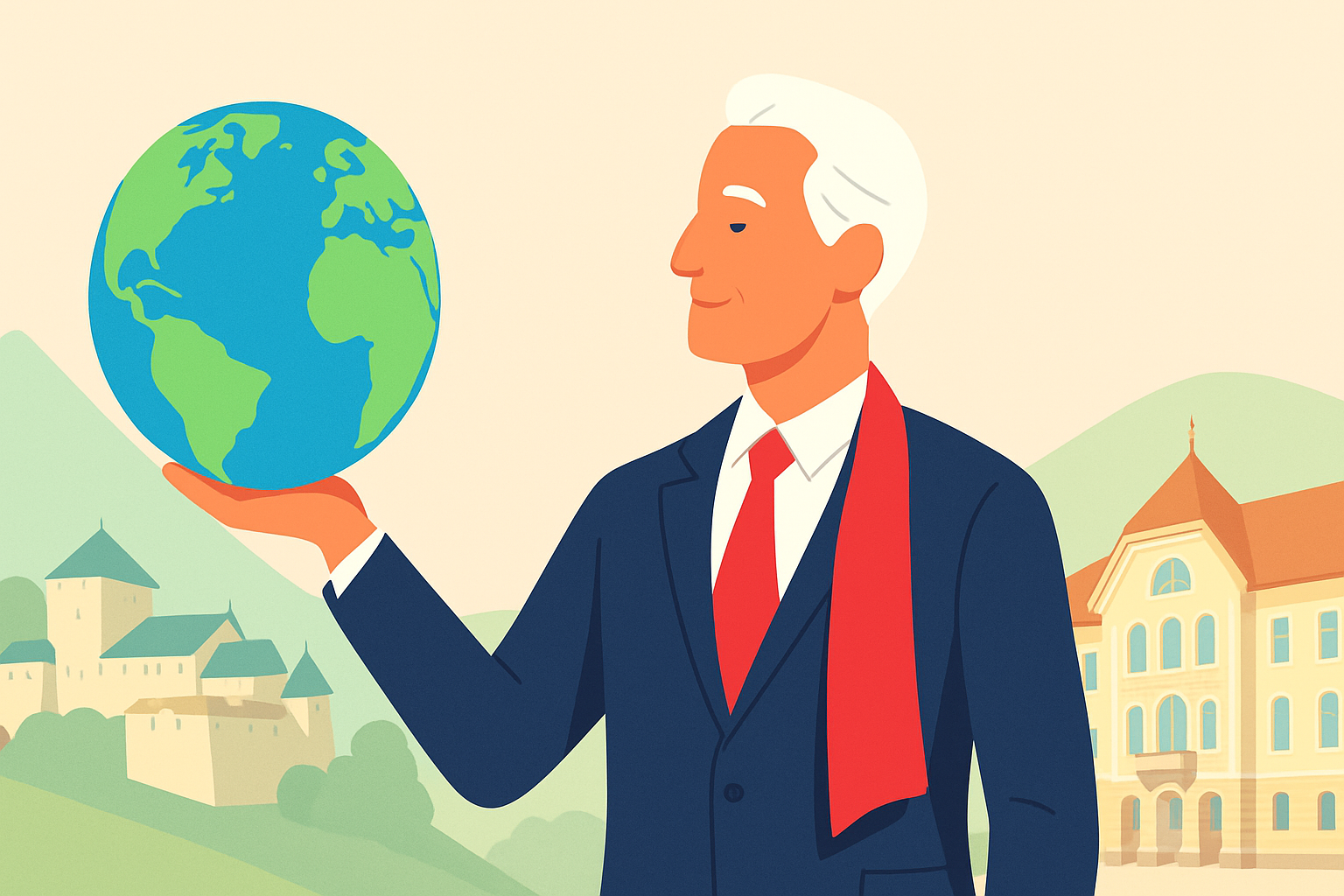The world of work is changing at a rapid pace, and for HR leaders, Talent Acquisition Managers, and People Operations teams, the stakes have never been higher. Artificial intelligence isn’t just another tool in the tech stack; it’s fundamentally reshaping organizational design. For global teams, the opportunity is transformative: unlocking new markets, tapping into diverse talent pools, and scaling faster than ever. But with opportunity comes real challenge, navigating compliance, fostering trust, and rethinking how teams are structured to thrive in this AI-driven era.
If you’re responsible for scaling your company across borders, you can’t afford to be reactive. The way you design your organization today determines whether you’ll keep pace, or be left behind. Let’s break down how AI is reshaping organizational design and what you need to do next.
Why HR Leaders Can’t Ignore How AI Is Reshaping Organizational Design
Organizational design used to be about building predictable hierarchies and guarding the flow of information. Today, those playbooks are out of date. AI is driving a seismic shift, forcing every HR leader to ask: Are our structures built for agility, or are they holding us back?
Here’s why this matters, especially for organizations with global ambitions:
Competitive urgency: Companies that embed AI at their core are outpacing traditional firms in speed, innovation, and adaptability. If your org chart is still rigid, you’re at risk of falling behind.
Efficiency and impact: Research shows that organizations adopting AI report up to 25% reductions in middle management layers. That’s not just about cutting costs—it’s about freeing up people to focus on high-value, strategic work.
Customer and team expectations: Whether it’s personalized service or real-time collaboration, your teams and clients expect seamless, AI-driven experiences—no matter where they are in the world.
If you’re tasked with scaling globally, ignoring this shift isn’t an option. The question is: How will you adapt your organizational design to harness AI’s full potential?
The Blueprint: New Structures for AI-Enabled, Global Teams
The old model, rigid hierarchies, siloed departments, slow decision cycles, doesn’t stand up to today’s demands. Here’s what the new blueprint looks like, and what it means for you.
Hierarchies Out, Networks In
In AI-driven organizations, information isn’t locked in departmental silos. Instead, network-based structures allow data and insights to flow freely, enabling teams to move quickly and make better decisions. This approach not only speeds up collaboration but also empowers people, no matter where they sit on the org chart or across the globe.
If you’re still managing teams in silos, it’s time to rethink your approach. The most successful global organizations flatten hierarchies, removing unnecessary management layers and letting teams self-organize around projects and priorities.
Cross-Functional Teams and Flattened Layers: What It Looks Like in Practice
Cross-functional teams: Instead of organizing by function, teams are built around AI capabilities and business goals. Imagine a project team with HR, engineering, and operations all working together to launch a new market, powered by AI-driven insights.
Layer reduction: With AI handling routine tasks like performance tracking and compliance reporting, there’s less need for layers of middle management. Decisions can happen closer to the front lines, where the real work gets done.
Example: One Borderless AI client restructured their teams to support a global product launch. By deploying cross-functional squads supported by AI for compliance and payroll, they reduced their time-to-market by 30%, all while maintaining full compliance across jurisdictions.
Regional Realities: What Global Expansion Means for Your Structure
Adapting your organizational design isn’t one-size-fits-all. Here’s what to consider as you scale:
North America: Fast adoption of AI for innovation and speed, but don’t overlook the importance of local labor laws and compliance.
Europe: Data privacy (think GDPR) and ethical AI use are front and center. Canadian organizations, keep PIPEDA and provincial rules top of mind.
Asia-Pacific: AI is a lever for workforce inclusion and rapid growth, but regional nuances matter.
If you’re expanding globally, make sure your structures can flex to meet local regulations, especially around data and payroll (see our guide on international worker classification).
Building Your AI Governance Model: Centralized, Distributed, or Both?
How you govern AI across teams and regions directly impacts your ability to scale compliantly and innovate with confidence. The choice isn’t just technical, it’s strategic.
Practical Scenarios & Compliance Considerations
Centralized AI governance: All AI strategy and oversight sits with a dedicated team, think Centre of Excellence. Benefits include:
Consistency in policies, practices, and compliance (essential for Canadian and global regulations)
Shared infrastructure and expertise
Stronger data security and compliance management
Easier adaptation to regulatory changes
Distributed AI ownership: Individual departments or regions drive their own AI projects. This model offers:
Rapid, context-specific innovation
Solutions tailored to unique business needs or local regulations
Broader organizational learning, more employees get hands-on AI experience
Most high-performing global teams blend both. For example, a central team may set standards and provide tools, while local teams adapt AI implementation for compliance with provincial Canadian laws or EU directives.
Pro tip: If you’re managing teams in both Canada and abroad, consider federated governance—shared principles, local flexibility.
Evolving Roles & Skills: What Your Team Needs Next
AI isn’t just changing workflows; it’s transforming your talent landscape. Here’s what HR leaders and People Ops teams need to prioritize right now.
New Must-Have Roles
AI Orchestrators: Bridge technical and business teams, ensuring AI aligns with your company’s goals and values.
AI Ethics Officers: Oversee responsible AI use, especially crucial for organizations managing data across borders.
Data Governance Specialists: Safeguard how data is collected, stored, and shared, critical for compliance in regions like Canada and Europe.
Example: At Borderless AI, our Data Governance team partners with HR leaders to ensure global payroll data meets all local compliance requirements, from PIPEDA to GDPR.
HR & Compliance: From Admin to Strategy
HR teams are moving beyond administrative tasks, focusing on strategic workforce planning and talent development.
Compliance officers are now architects of cross-border processes, making sure AI systems respect local and international laws.
Routine processes like onboarding, payroll, and benefits administration are increasingly automated, freeing up time for higher-impact work.
Upskilling and Cross-Border Collaboration
You can’t unlock AI’s value without investing in your people:
Launch AI literacy training for all staff, not just tech teams.
Foster cross-cultural collaboration. AI-enabled teams often span continents; success depends on clear communication and respect for diverse perspectives.
Use platforms like Borderless AI to automate HR processes and support seamless global teamwork.
How to Implement AI Across Global Operations: A Practical Guide
Ready to put theory into action? Here’s a step-by-step approach for HR and People Ops leaders looking to drive real change.
Step 1: Clean and Structure Your Data
AI is only as good as the data it learns from. Before you scale:
Audit data sources across all regions, spot gaps, remove duplicates.
Standardize formats and governance policies.
Ensure secure, compliant cross-border data sharing (think PIPEDA, GDPR).
Fix data quality issues now to avoid unreliable results later.
Step 2: Integrate AI in Core Business Processes
Target high-impact areas first:
Payroll: Use AI to automate multi-country payroll, adapting to each region’s unique rules.
Compliance: Monitor regulatory changes in real time, from Canadian provinces to the EU.
Benefits: Leverage employee data to recommend packages that resonate locally.
Example: Companies using Borderless AI for global payroll and compliance report faster cycle times, fewer errors, and full peace of mind when launching in new markets.
Step 3: Monitor, Learn, and Adapt
Set clear KPIs to track AI’s impact on your business goals.
Build feedback loops, AI supports decisions, but human oversight is essential.
Track effectiveness by region and adapt as needed.
Continuously retrain models and update processes to stay ahead of regulatory changes.
For inspiration, see how Borderless AI enables teams to manage compliance, payroll, and onboarding across borders with a single platform.
Keeping Your Culture Human in an AI World
AI can transform your organization, but it should never erode what makes your culture unique. Here’s how to keep your people engaged and empowered.
Communication, Trust, and Learning
Be transparent: Explain why you’re adopting AI, how it supports your mission, and what it means for each team.
Address concerns: Don’t hide from tough conversations, be open about job changes and new opportunities.
Listen actively: Set up feedback channels that work across languages and time zones.
Personalize learning: Use adaptive systems to help employees upskill, identify gaps, and connect with relevant resources.
Example: One global client used Borderless AI’s onboarding tools to foster community among new hires in five countries, combining automation with human touchpoints for a seamless, supportive experience.
The Next Step: Shaping the Future of Work Without Borders
The future of work is borderless, inclusive, and powered by smart, ethical AI. As an HR leader, you’re not just responding to change, you’re shaping it.
Here’s your action plan:
Audit your current org design for AI-readiness.
Build out cross-functional, globally connected teams.
Invest in new roles and upskilling.
Choose a governance model that balances compliance with speed.
Put people and culture at the heart of every AI initiative.
At Borderless AI, we’re committed to empowering global teams and unlocking opportunities for talent everywhere. Our platform automates the complexity, so you can focus on building a resilient, future-ready organization.
Curious how Borderless AI can streamline your global operations? Book a personalized demo and see how easy it is to hire, pay, and support teams anywhere.
FAQs: What HR Leaders Need to Know Now
How is AI reshaping organizational design for global companies?
AI breaks down silos, flattens hierarchies, and enables data-driven, cross-functional teams. This design allows for faster decision-making, better compliance, and more inclusive collaboration, especially for distributed teams.
What roles should HR leaders prioritize as AI adoption grows?
Focus on hiring or developing AI Orchestrators, Data Governance Specialists, and AI Ethics Officers. Upskill your HR and compliance teams to move from admin roles to strategic, consultative functions.
How can I ensure compliance, especially for Canadian/global teams?
Centralize AI governance for consistent standards, but allow flexibility for regions with unique rules (like PIPEDA in Canada or GDPR in Europe). Use platforms that automate compliance and keep you audit-ready.
How do I keep employees engaged and trusting during AI-driven change?
Communicate openly, provide upskilling opportunities, and solicit feedback. Use AI to automate routine work, but always pair it with human connection and empathy.
What’s the biggest mistake when redesigning organizations for AI?
Rushing to automate without assessing whether your structure supports agility and compliance. Always review your workflows, invest in training, and align technology with your mission and values before rolling out new AI tools.
AI is reshaping organizational design, and with the right approach, you can unlock its full potential for your teams, your business, and the global talent community. At Borderless AI, we’re here to help you shape the future of work, without borders.

